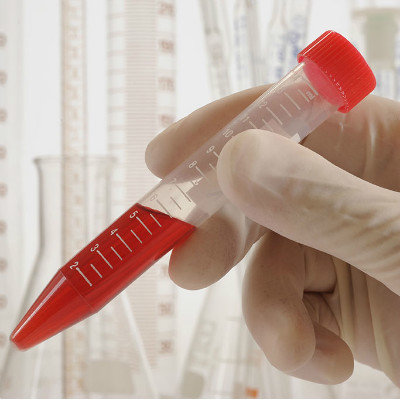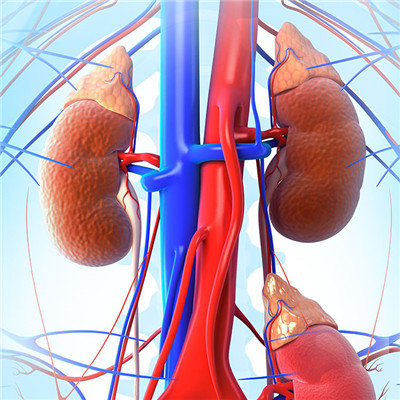What does the person get anthrax to show?
summary
Anthrax is a kind of natural focus disease, which spreads all over the world, especially in South America, Asia and Africa. In recent years, as the fur processing in the world is concentrated in cities and towns, anthrax also breaks out in cities and becomes one of the important occupational diseases. The clinical manifestations are as follows.
What does the person get anthrax to show?
Anthrax affects many organs of the human body, resulting in a complex and serious condition. Timely treatment should be carried out. Due to the complex and diverse symptoms of the disease, symptomatic treatment and local treatment can be used to control the disease in a timely manner. At the same time, pathogens should be treated. Only by eradicating the pathogens, patients can get better rehabilitation.

The surrounding tissue had non depressed edema. The diameter of necrotic area of black scab varies from 1-2cm to 5-6cm, and the diameter of edema area can reach 5-20cm. It is characterized by firmness, no pain and no suppurative ulcer. Then the edema gradually subsided, the black scab fell off in 1-2 weeks, and the scar was formed in 1-2 weeks. Fever, headache, local lymphadenopathy and splenomegaly occurred 1-2 days after the onset.

matters needing attention
Pulmonary anthrax: mostly primary, caused by inhalation of Bacillus anthracis spores, but also secondary to skin anthrax. The onset of the disease is usually sudden, but generally there are cold like symptoms for 2-4 days first, and then the disease suddenly occurs after remission, showing biphasic. The clinical manifestations were chills, high fever, shortness of breath, dyspnea, wheezing, cyanosis, blood sputum, chest pain, and sometimes subcutaneous edema in the neck and chest. There were only scattered fine moist rales in the lungs, or signs of meningitis, which were often not proportional to the severity of the disease. Most of the patients were critically ill, often complicated with septicemia and septic shock, and occasionally secondary to meningitis. If it is not diagnosed and rescued in time, it will often die of respiratory and circulatory failure 24-48 hours after the emergence of acute symptoms.













